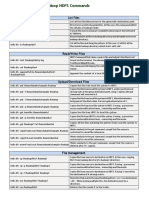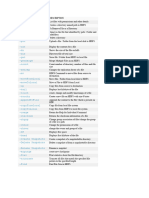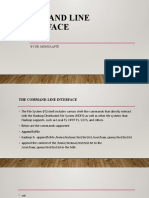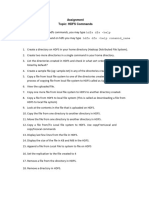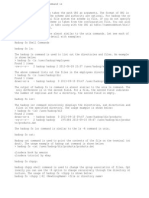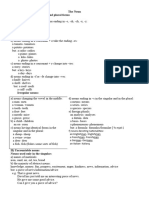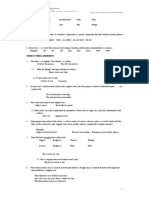0% found this document useful (0 votes)
94 views3 pagesPractical 1 - 1 - Hadoop Commands
Hadoop
Uploaded by
warlord 56Copyright
© © All Rights Reserved
We take content rights seriously. If you suspect this is your content, claim it here.
Available Formats
Download as PDF, TXT or read online on Scribd
0% found this document useful (0 votes)
94 views3 pagesPractical 1 - 1 - Hadoop Commands
Hadoop
Uploaded by
warlord 56Copyright
© © All Rights Reserved
We take content rights seriously. If you suspect this is your content, claim it here.
Available Formats
Download as PDF, TXT or read online on Scribd
/ 3












